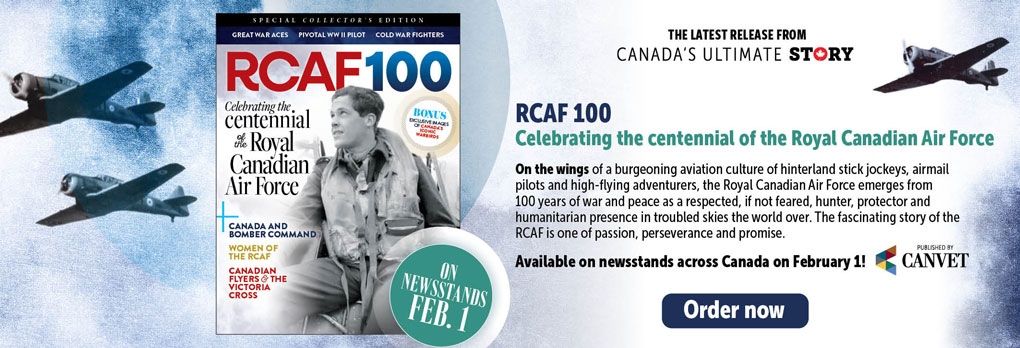
Ed Storey says NO
On Nov. 1, 2021, the Canadian Armed Forces in-house newspaper The Maple Leaf published a message from Major-General Lise Bourgon, Acting Chief of Military Personnel, on “diversity, inclusion and culture change short-term initiatives.”
“Canadian Armed Forces members can expect a refreshed Dress Instructions re-write,” she said, “focused on removing the barriers to members’ choice of clothing and other aspects of appearance. The changes will eliminate binary choices by allowing members the freedom to choose the uniform that makes them most comfortable. Changes to our appearance policies will see a new approach to our look, one that provides a single standard applicable to all which is safe, inclusive and modern. By removing language related to gender, and eliminating separate instructions for men and women, this re-write allows our Dress Instructions to honour the diversity of our people in uniform, while continuing to prioritize operational effectiveness and safety.”
Dress instructions have often been contentious, and some units and personnel enforce them more rigorously than others. Regulation hair length, highly polished footwear and neatly pressed uniforms have long been the hallmarks of a professional, well-trained military force.
What those who have never served in uniform may consider to be fussy details is a method of instilling attention to detail and the ability to follow orders properly, two important characteristics in the profession of arms. Dress instructions also establish a baseline for continuity in how military personnel look in uniform.
Many of the styles, such as operational clothing, are gender neutral.
The current edition of the CAF dress instructions available online is a 2017-dated, 231-page tome (A-DH-265-000/AG-001) that covers the full spectrum of Canadian military clothing and insignia. The document covers all three services, including the Canadian Special Operations Forces Command, with their unique American-inspired uniform, and the Canadian Rangers, who wear a distinctive scarlet hoodie and waterproof jacket. It details the myriad uniforms and badges—from operational to full-dress—and how they are authorized to be worn.
But it also reflects diversity and inclusiveness. Section 3 itemizes religious and spiritual accommodations. Nine headdress types are listed—beret, cap, hat, hijab, toque, turban, winter fur cap, Yukon cap and wedge cap. It goes into detail on allowable hair styles—and there are many.
Military uniform design has evolved with less emphasis on uniqueness. Many of the styles, such as operational clothing, are gender neutral. Other orders of dress are nearly identical except for shape, pocket styles and button positions.
Removing barriers to a members’ choice of clothing and other aspects of appearance may be a challenge in today’s military. The “Royal” moniker, reinstated in 2011, resulted in all three services introducing clothing lines and insignia that are unique to each, something that was discouraged during the unification era. This has the potential to make any meaningful transition to a more inclusive dress system very difficult, as there are now many more items to change.
Canada is a nation with rich diversity. The CAF dress instructions illustrate the extent to which the organization has evolved to meet the needs of service members while reflecting Canadian values more generally. The instructions do not need to be revised at this time.

Sharon Adams says YES
The Canadian Armed Forces is rewriting its dress instructions to be more inclusive. About time, too.
Through most of history, military uniforms were designed by men, for men, to build group identity and suppress individuality. But not stamp it out.
Humans are humans, after all. Just as important as uniforms are to soldiers, sailors and aviators are the badges, flashes, rank insignia, regimental accoutrements and medals that mark them out as members of groups and as individuals.
The military uniform also symbolizes shared Canadian values. The expectation is that those wearing it will epitomize those values. And they are proud to do so. But values change, and so should the uniform.
The Canadian Armed Forces can, and should, serve as an example to other institutions and businesses across the country in how to create a respectful environment for people, regardless of their differences, including gender.
When all military occupations opened to women in 1989 (except submarine service, which opened in 2001), many female soldiers had to “man up.” For some women, that included donning occupational and operational uniforms not designed for the size and shape of their bodies and feet.
That is, until it was recognized that effectiveness, not to mention safety, might just be compromised by physical discomfort arising from ill-fitting clothing.
Today, it is outdated gender ideas that are discomforting. Current dress instructions say women may choose to wear skirts, blouses and other gender-specific items and, for religious reasons, long trousers, long skirts and shirts and hijabs.
The word ‘may’ is the problem—it gives one group of people access to something denied to another group. The policy itself cites it is for cultural reasons, not operational necessity.
There are also gender restrictions on appearance—among them that men’s hair must be short, but women, along with Indigenous and Sikh men, can opt for hair long enough to be worn in braids. That too, is gender disparity.
One easy but unrealistic solution would be to have one uniform and one appearance code for all. Everybody has short hair, and everybody wears a skirt—or nobody does.
Being allowed through the door is not the same as being welcome.
Women should have uniforms designed for them to project both strength and femininity. They should not have to give up their identity to serve their country. Can there be true equality, true respect, in any organization that disrespects gender? It is one of the most visible differences among us, and if we can’t respect that, how can we respect other less visible and invisible differences?
Lesbian, gay, bisexual, transgender, queer and two-spirited people are among the invisibly different—but should not have to be. Everyone should have the choice of a uniform appropriate to his or her gender identity. A properly fitting, gender-appropriate uniform is a need, along with respectful language and equal opportunity. It is an important part of self-identity and self-respect.
Being allowed through the door is not the same as being welcomed, which is still a step away from belonging. Belonging includes true acceptance of differences and meeting the needs that go along with them.
ED STOREY is a retired military geomatics technician with 34 years of service. He also studies and collects Canadian militaria and has written magazine articles and books on military clothing and equipment.
SHARON ADAMS has had a long career in journalism, joining when women were expected to wear suits, just like men, if they wanted to get ahead. She has been a Legion Magazine staff writer since 2007.
Advertisement












